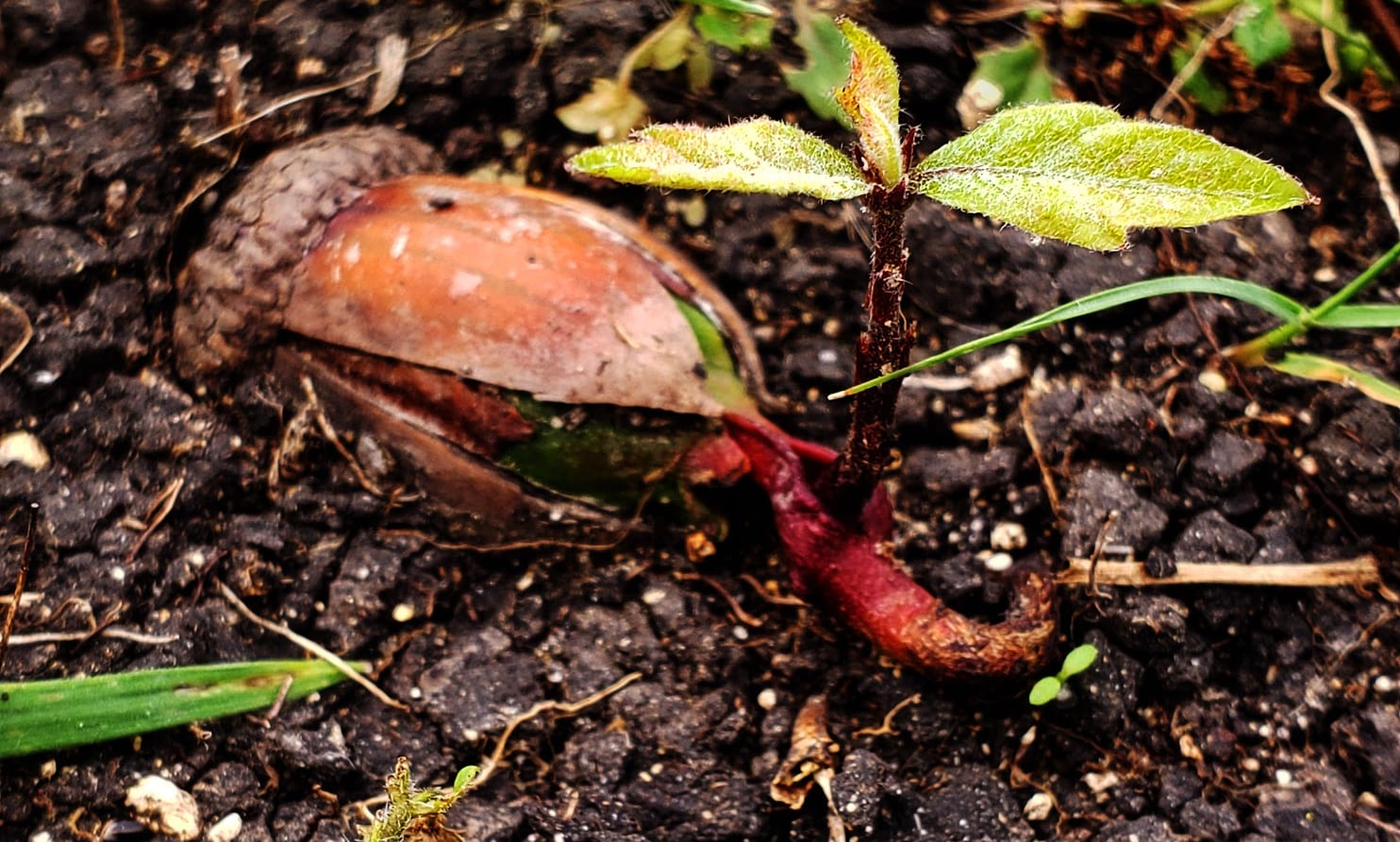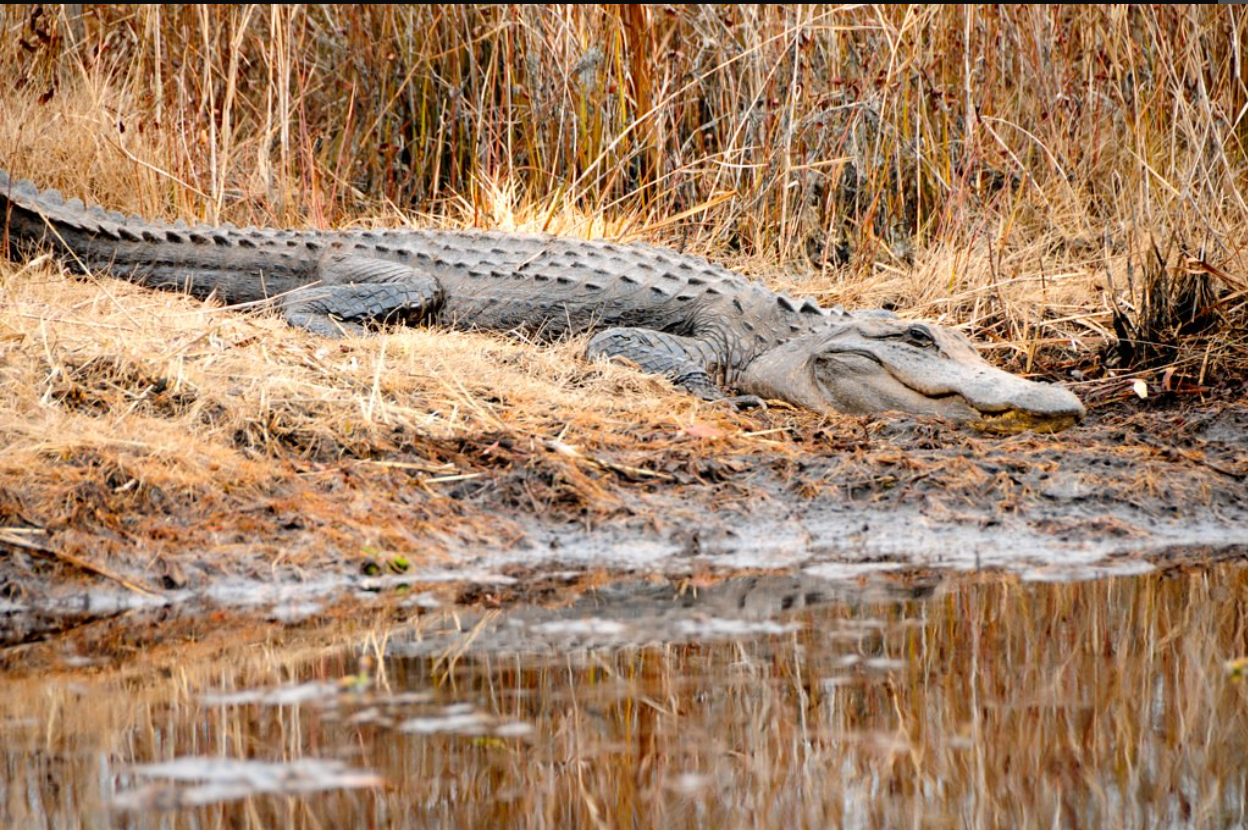To celebrate the holiday season, ASO is bringing you a science-filled 12 Days of ASO Christmas! This will be a series of ‘mini-blogs', by Rosemary Wills, centered on the science of some of our most cherished traditions. This is the fifth in the series.
Fur coats and thick layers of blubber might be the adaptational standards for icy climates. But when it comes to braving the frosty air, the humble wood frog is simply too cool to be bothered. The unassuming little amphibian can be found from the Appalachian mountains all the way to Alaska, and depending on the season, you might find it swimming about, eating flies, or literally frozen solid.

Wood frogs have a special adaptation that allows them to load their cells with glucose. This lowers the freezing point of their tissues, acting a bit like antifreeze. In sub-zero temperatures, they are thus able to survive the winter suspended Hans-Solo-style in solid ice. Come spring, they simply thaw out and hop away.
Beat that, polar bears.
About the Author
 Rosemary Wills is an undergraduate at UGA majoring in Plant Biology and Science Education. When she's not writing, coding, or spending time with family, she enjoys growing plants in her windowsill and crocheting science-related things. More from Rosemary Wills. Rosemary Wills is an undergraduate at UGA majoring in Plant Biology and Science Education. When she's not writing, coding, or spending time with family, she enjoys growing plants in her windowsill and crocheting science-related things. More from Rosemary Wills. |
About the Author
- athenssciencecafehttps://athensscienceobserver.com/author/athenssciencecafe/April 17, 2020
- athenssciencecafehttps://athensscienceobserver.com/author/athenssciencecafe/April 12, 2020
- athenssciencecafehttps://athensscienceobserver.com/author/athenssciencecafe/April 3, 2020
- athenssciencecafehttps://athensscienceobserver.com/author/athenssciencecafe/March 30, 2020







